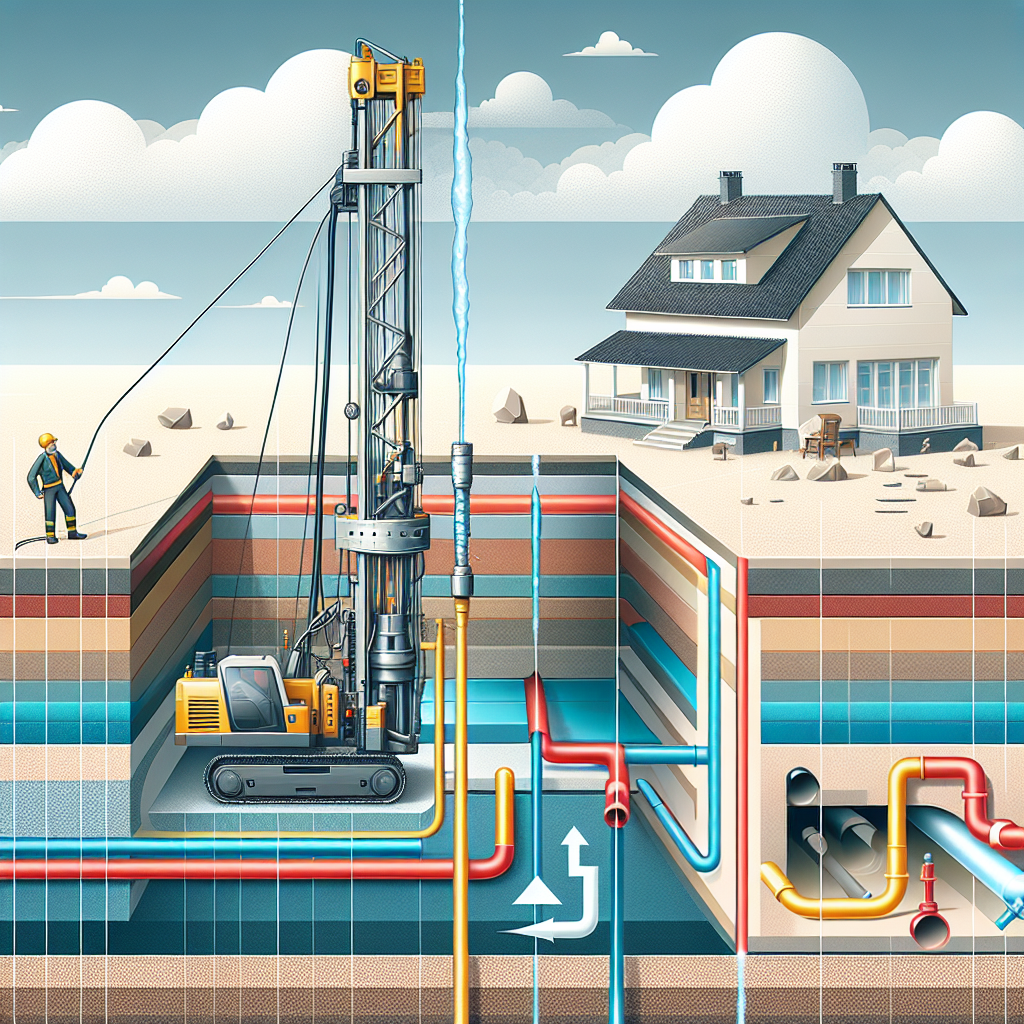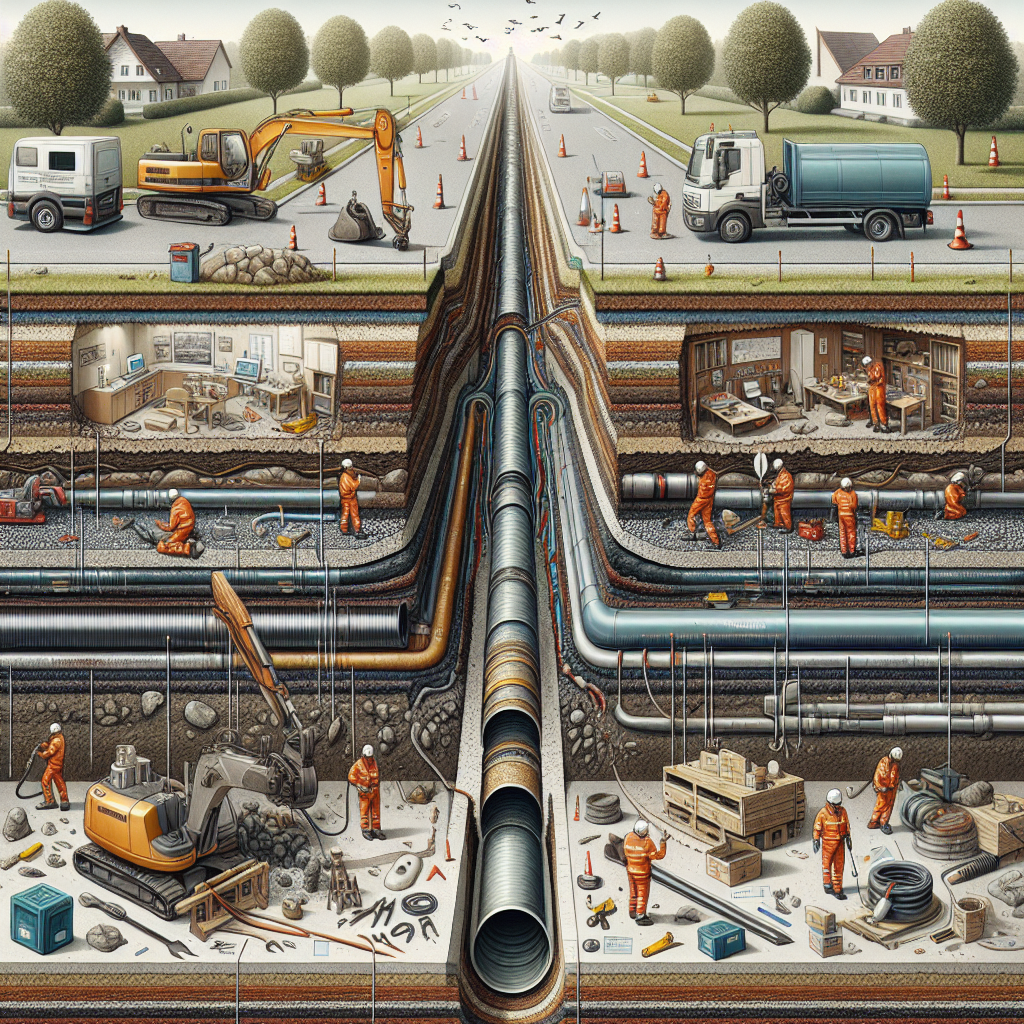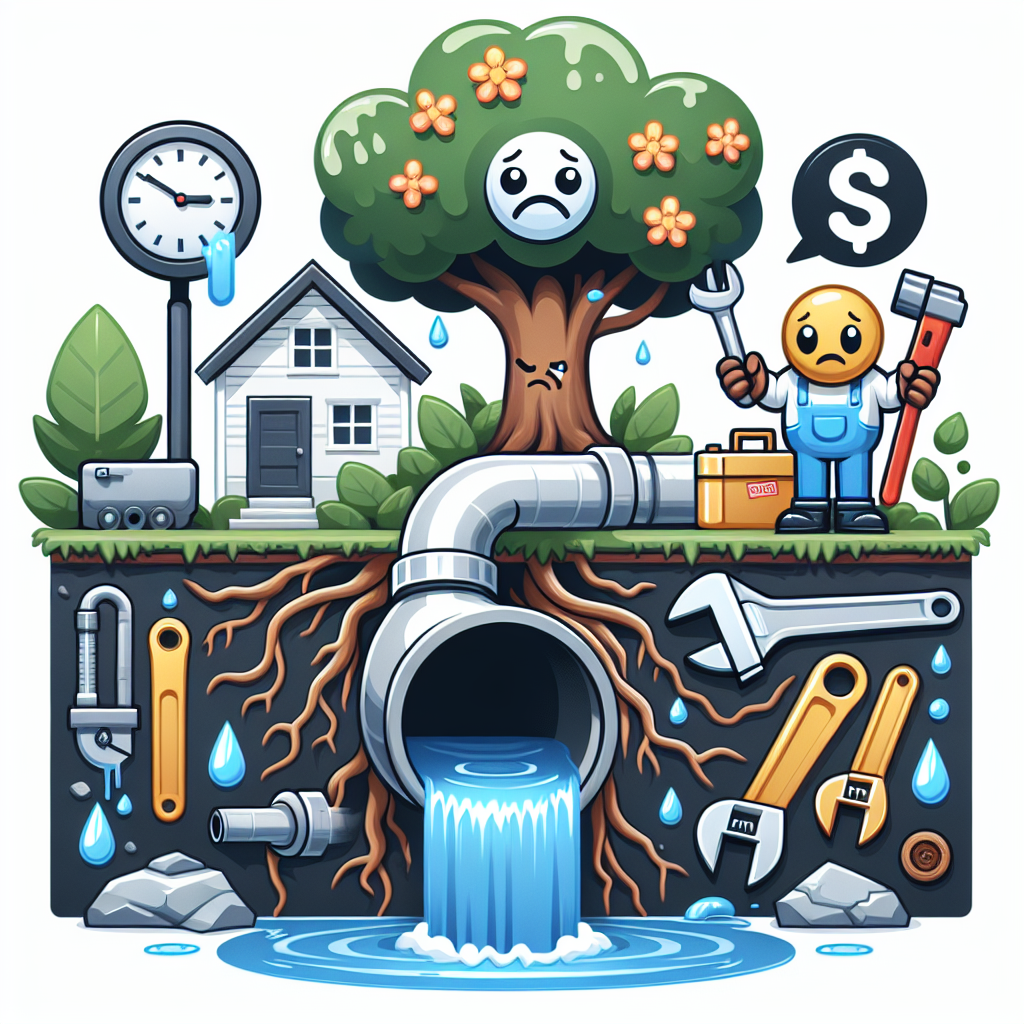How Pipe Lining Can Extend the Life of Your Plumbing System
What is Pipe Lining?
Pipe lining is a modern, trenchless plumbing repair method designed to restore damaged pipes without the need for extensive excavation. Unlike traditional pipe replacement, which often involves digging up large sections of your yard, driveway, or even walls, pipe lining works by creating a new, durable pipe within the existing one. This innovative process is not only less invasive but also highly effective in extending the life of your plumbing system.
The process typically involves the use of epoxy resin, a material known for its strength, durability, and resistance to corrosion. Once cured, the epoxy forms a seamless, joint-free lining that reinforces the existing pipe and prevents future issues like leaks or root intrusion. This method is suitable for a variety of pipe materials, including cast iron, clay, PVC, and even concrete.
Compared to traditional pipe replacement, pipe lining offers several advantages. Traditional methods often require significant labor, time, and disruption to your property. In contrast, pipe lining is faster, cleaner, and more cost-effective, making it an increasingly popular choice for homeowners, businesses, and municipalities alike. The trenchless nature of this method ensures minimal impact on your property while delivering long-lasting results.
Common Plumbing Issues That Pipe Lining Can Address
Plumbing systems are prone to a variety of issues over time, many of which can be effectively resolved with pipe lining. Common problems include leaks, corrosion, root intrusion, and blockages. These issues not only compromise the functionality of your plumbing system but can also lead to costly repairs if left unaddressed.
Leaks, for instance, are often caused by aging pipes or external pressure. Corrosion, on the other hand, occurs when metal pipes react with water and oxygen, leading to rust and eventual deterioration. Root intrusion is another frequent issue, particularly in older systems, where tree roots infiltrate small cracks in pipes in search of water. Blockages, whether caused by debris, grease buildup, or mineral deposits, can disrupt water flow and lead to backups.
Pipe lining addresses these problems by creating a smooth, durable interior surface that seals leaks, prevents corrosion, and blocks root intrusion. The trenchless process eliminates the need for extensive excavation, making it an ideal solution for repairing pipes located under driveways, landscaping, or even inside walls. By resolving these issues efficiently, pipe lining helps restore your plumbing system to optimal functionality.
The Benefits of Pipe Lining for Your Plumbing System
Cost-Effectiveness
One of the most significant advantages of pipe lining is its cost-effectiveness. Traditional pipe replacement often involves high labor costs, extensive excavation, and property restoration expenses. In contrast, pipe lining requires minimal digging, reducing both labor and material costs. While the upfront cost of pipe lining may seem comparable to traditional methods, the long-term savings in property restoration and maintenance make it a more economical choice.
Minimal Disruption
Pipe lining is a non-invasive process that minimizes disruption to your property and daily life. Since it doesn’t require extensive digging, you won’t have to deal with torn-up lawns, broken driveways, or damaged walls. This trenchless method makes it an ideal solution for homeowners who want to preserve their landscaping and businesses that can’t afford prolonged downtime.
Longevity
The materials used in pipe lining, such as epoxy resin, are designed to last. Once cured, the new lining can extend the lifespan of your pipes by 50 years or more. This durability ensures that your plumbing system remains functional and reliable for decades, reducing the need for frequent repairs or replacements.
Eco-Friendliness
Pipe lining is an environmentally friendly option for plumbing repair. By rehabilitating existing pipes rather than replacing them, the process reduces waste and conserves resources. Additionally, the epoxy resin used in pipe lining is non-toxic and safe for the environment, making it a sustainable choice for modern plumbing systems.
The Pipe Lining Process: Step-by-Step
Inspection and Diagnosis
The first step in the pipe lining process is a thorough inspection of the plumbing system. Plumbers use advanced camera technology to assess the condition of the pipes and identify issues such as cracks, leaks, or blockages. This step ensures that pipe lining is the appropriate solution for the problem at hand.
Cleaning the Pipes
Before the lining can be installed, the pipes must be cleaned to remove debris, rust, and other obstructions. This is typically done using high-pressure water jets or mechanical tools. Proper cleaning is essential to ensure that the epoxy resin adheres effectively to the pipe walls.
Installing the Liner
Once the pipes are clean, a flexible liner coated with epoxy resin is inserted into the damaged pipe. The liner is then inflated, pressing the resin against the interior walls of the pipe. The resin is left to cure, forming a new, seamless pipe within the existing one.
Final Inspection
After the resin has cured, a final inspection is conducted to ensure the repair was successful. Plumbers use cameras to verify that the new lining is properly installed and free of defects. This step guarantees the quality and durability of the repair.
Types of Plumbing Systems That Can Benefit from Pipe Lining
Residential Plumbing Systems
Pipe lining is an excellent solution for homeowners dealing with aging or damaged plumbing systems. It can be used to repair pipes under lawns, driveways, or even inside walls, making it a versatile option for residential applications.
Commercial Plumbing Systems
Businesses often face unique plumbing challenges, such as high water usage and complex pipe networks. Pipe lining offers a non-disruptive solution that minimizes downtime, allowing businesses to continue operations while repairs are underway.
Municipal Plumbing Systems
Municipalities can also benefit from pipe lining, particularly for large-scale infrastructure projects. The trenchless method is ideal for rehabilitating sewer lines, storm drains, and other public plumbing systems without causing significant disruption to the community.
Signs Your Plumbing System May Need Pipe Lining
Recognizing the signs of plumbing issues early can help you determine whether pipe lining is the right solution. Common indicators include frequent clogs or slow drains, which may signal blockages or pipe damage. Unexplained increases in water bills could indicate hidden leaks, while discolored or foul-smelling water may point to corrosion or contamination. Visible water damage or mold growth are also red flags that warrant immediate attention.
If you notice any of these signs, it’s essential to consult a professional plumber for an inspection. Early intervention can prevent minor issues from escalating into costly repairs. The trenchless approach ensures that these problems are addressed efficiently and effectively.
How to Choose a Pipe Lining Professional
Experience and Expertise
When selecting a pipe lining contractor, look for professionals with extensive experience in trenchless plumbing repair. An experienced contractor will have the skills and knowledge to handle a variety of plumbing issues effectively.
Certifications and Licensing
Ensure that the contractor is licensed and certified to perform pipe lining services. This not only guarantees their qualifications but also provides peace of mind that the work will meet industry standards.
Customer Reviews and Testimonials
Online reviews and testimonials can offer valuable insights into a contractor’s reputation and quality of work. Look for companies with positive feedback and a track record of satisfied customers.
Warranty and Guarantees
A reputable contractor should offer warranties or guarantees on their work. This ensures that you’re protected in case of any issues with the repair.
Frequently Asked Questions About Pipe Lining
-
How long does the pipe lining process take?
Most pipe lining projects can be completed in a single day, depending on the extent of the damage. -
Is pipe lining safe for drinking water?
Yes, the materials used in pipe lining are non-toxic and safe for potable water systems. -
Can pipe lining be used for all types of pipes?
Pipe lining is compatible with a variety of materials, including cast iron, clay, PVC, and concrete. -
What is the cost range for pipe lining services?
The cost varies based on the size and condition of the pipes but is generally more affordable than traditional replacement methods.
The Future of Plumbing: Innovations in Pipe Lining Technology
Advancements in pipe lining technology continue to make the process more efficient and durable. New materials, such as UV-cured resins, offer faster curing times and enhanced strength. Additionally, robotic tools are being developed to improve the precision of liner installation, further reducing the risk of errors. These innovations are paving the way for even more effective and sustainable plumbing solutions.
Final Thoughts: Why Pipe Lining is a Smart Investment
Pipe lining offers a cost-effective, durable, and eco-friendly solution for extending the life of your plumbing system. By addressing common issues like leaks, corrosion, and blockages without the need for extensive excavation, it provides a hassle-free alternative to traditional pipe replacement. Whether you’re a homeowner, business owner, or municipal manager, the trenchless pipe lining method is a smart investment in the longevity and reliability of your plumbing infrastructure.
You might also like
Book a Service Today
We will get back to you as soon as possible
Please try again later
Do You Need Emergency Plumbing Services?
We are dedicated to giving your fast, friendly and reliable service. We offer services every day of the week, at the time that's best for you.
All Rights Reserved | Root 24 Hours, Inc. | Powered by Beholder Agency



